Photo credit: Corbis
The Oklahoma Historical Society and Clara Luper Committee hosted an online meeting on August 19, 2021.
These organizations commemorated the 62nd annual on the only prime protests at the nation within the Civil Rights Movement in Oklahoma City, Oklahoma. This program was scheduled to begin at 6:30 p.m. CST. Keynote orators included Marilyn Luper Hildreth, the daughter of Clara Luper.
Oklahoma City Mayor David Holt and the NAACP’s former National Youth Council Director, Reverend Amos Brown. Brown was the primary master of ceremony. Musicians Jabee Williams and Jahruba Lambeth were also on hand to perform live. Audience members were provided an online circuit exhibiting Clara Luper’s presentation, which was located inside the Oklahoma History Center.
The Commentator and Producer of SHADES Magazine is Joyce Jackson. She hosted the gathering. Following unrest, which sparked the Black Lives Matter demonstrations, Jackson reminded attendees that these symbolic movements are derivatives of the 1958 calls for justice in Oklahoma City.
“We want people to understand that Oklahoma has a very rich African American history, and Mrs. Luper is considered like the godmother of the civil rights movement,” Jackson told the audience.
On Aug. 19, 1958, Luper, who was an activist and high school teacher, led 13 children from the NAACP Youth Council to begin sit-ins to desegregate lunch counters at Katz Drug Store in OKC. Luper and her students continued to hold sit-ins throughout Oklahoma into the 1960s. During the month of August in the year 1958, Luper participated in activism.
She was also a high school teacher who directed 13 youths towards the NAACP Youth Council. When they arrive there, they began to protest at cafeteria tables inside the Katz Drug Store in Oklahoma City. Luper, as well as her school children protested throughout the state everywhere during the 1960s.
The historic August 19, 1958 protest in OKC occurred a couple of annual terms before another series of famed national protests – the Greensboro, North Carolina sit-in resistance activities of 1956. These prominent exercises of constitutional rights showed activists using their freedom of assembly. This chain of events set off a firestorm of similar acts of social justice exhibitions across America.
Both the Clara Luper Legacy Committee and Oklahoma Historical Society implored those special citizens (which orchestrated Oklahoma’s history-making assemblies against injustice) to write pamphlet’s and share their freedom-fighting experiences.
Jackson stated that nearly everybody who were in programs for this annual occurrence, in a sense, is tied to the historic protests of 1958.

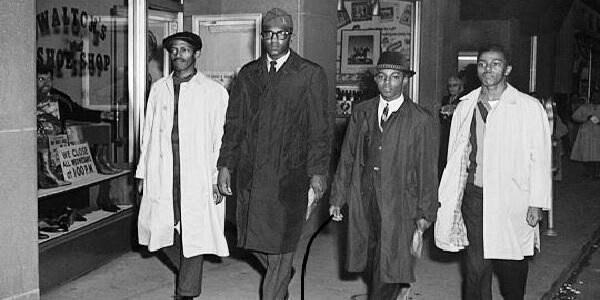





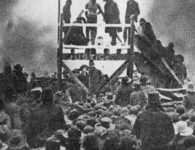
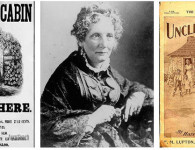
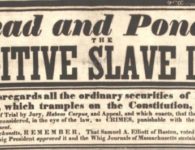
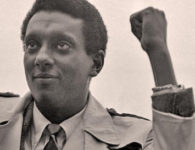
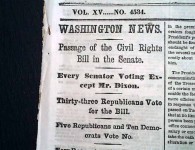
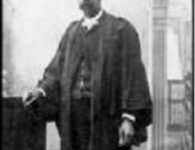
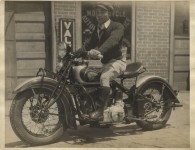
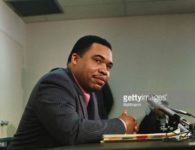
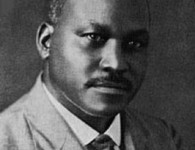
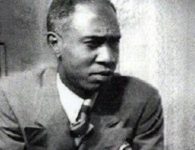

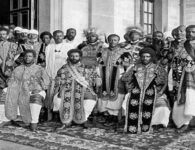
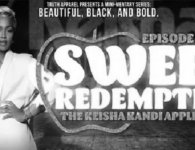

No comments